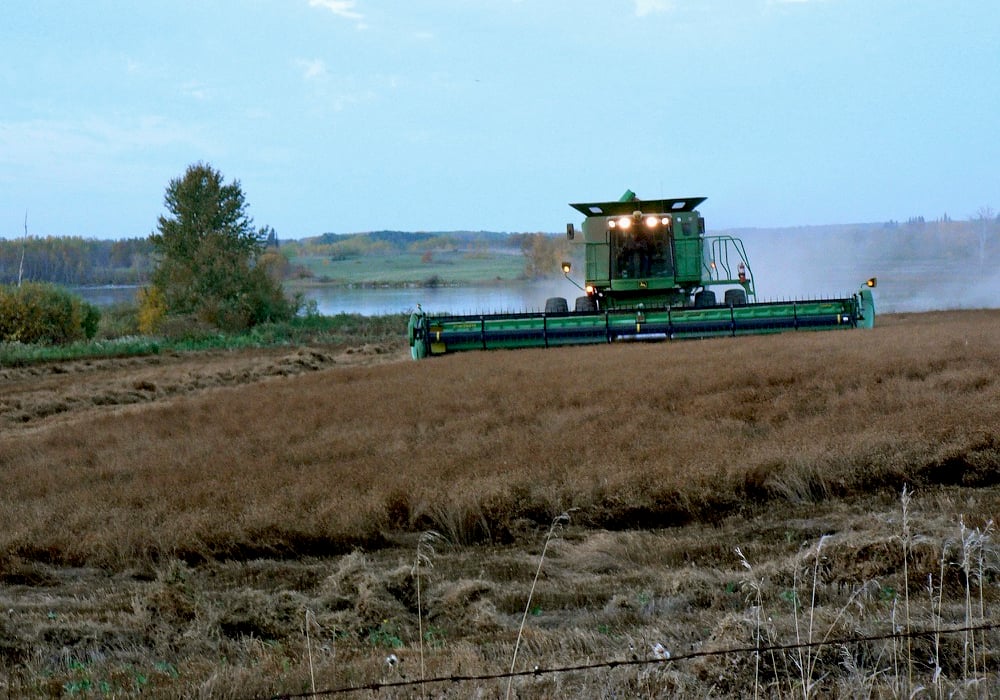A Group 1 herbicide billed as a possible weapon against Group 1-resistant grasses hasn’t yet outlived its purpose, according to new tests by its maker.
Syngenta Crop Protection Canada picked up registration for the Group 1 pinoxaden herbicide Axial in Western Canada in 2006 for use against wild oats, green foxtail, yellow foxtail, volunteer oats, volunteer canary seed and proso millet in spring wheat and barley.
Axial has been marketed by Syngenta as a new “den” chemistry, different from the “fops” and “dims” that make up other Group 1 products’ active ingredients.
Read Also

Most of Manitoba harvest wraps up for 2025
Manitoba Agriculture issued its final crop report of 2025, showing the overall provincewide harvest at 97 per cent complete as of Oct. 20. Nearly all major crops have finished combining, with 37 per cent of Manitoba’s sunflowers finished, plus 71 per cent of grain corn and small amounts of soybeans and potatoes left to do.
Many Prairie farmers suspect that their fields have Group 1 resistance, Syngenta said in a release Friday, and “with no way to identify the specific resistance mutations occurring in their fields, many have been forced to abandon use of all Group 1 herbicides, including Axial.”
But the company has now developed what it calls a “use-anytime” rapid test for Group 1 resistance, called the ACCase mutation analysis (AMA) Test, with which can tell a farmer whether his or her wild oats carry the three gene mutations that give a plant resistance to all Group 1 herbicides, “dens” included.
In a pilot program for the AMA Test this year, done on 65 Prairie fields where Group 1-resistant wild oats were suspected, Syngenta said it found just 16 fields had more than 20 per cent of the wild oat population resistant to all Group 1 herbicides and their “required alternatives.”
But another 29 fields turned up with just “low levels” of resistance, in which “Axial could still be effectively used as part of a mode of action rotation,” Syngenta said. The remaining 20 fields had no wild oats resistant to Axial, the company said.
“All of the fields we tested were suspected to be resistant to all Group 1 herbicides, limiting the producer’s options and putting significant pressure on the remaining modes of action,” brand manager Derek Cornes said in the company’s release.
However, he said, “in 75 per cent of the cases, we were able to recommend Axial as part of the management system. With sensible mode-of-action rotations, these producers can now have a sustainable weed management system.”
That said, Syngenta recommends that if Group 1 resistance is suspected or confirmed in a weed population, a farmer who wants to use Axial should apply it on just a small area to test for sensitivity before spraying a whole field with the product.















